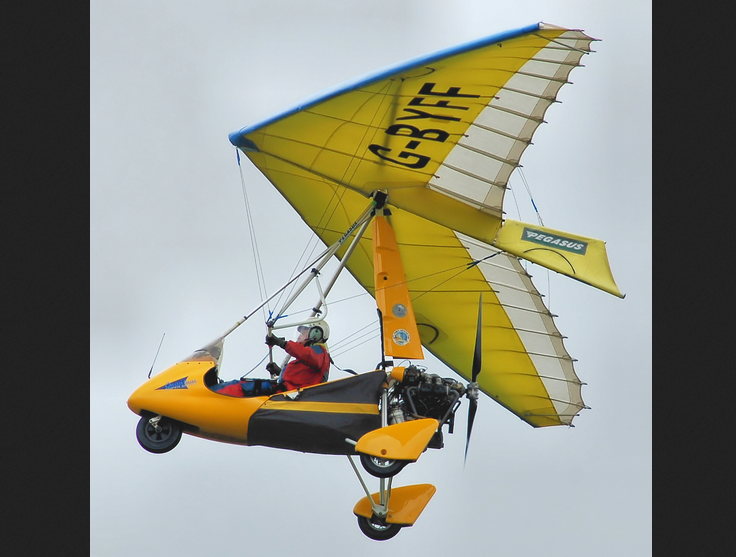Ultralights are NOT drones: Here’s Why
 In February of this year, the FAA posted a Notice of Proposed Rulemaking (NPRM) regarding small unmanned aircraft systems (UAS). Subsequently, 60-day comment period was opened in which the public is invited to provide comments regarding the proposed rules. Recently a prominent drone blogger posted a picture of an ultralight and urged his followers to consider, when preparing their comments for the small UAS NPRM, that ultralight operations do not require a pilot’s license, there is no minimum age for the pilot and the aircraft does not need to be registered. The implication, of course, was that small drones should be afforded the same degree of (un)regulation.
In February of this year, the FAA posted a Notice of Proposed Rulemaking (NPRM) regarding small unmanned aircraft systems (UAS). Subsequently, 60-day comment period was opened in which the public is invited to provide comments regarding the proposed rules. Recently a prominent drone blogger posted a picture of an ultralight and urged his followers to consider, when preparing their comments for the small UAS NPRM, that ultralight operations do not require a pilot’s license, there is no minimum age for the pilot and the aircraft does not need to be registered. The implication, of course, was that small drones should be afforded the same degree of (un)regulation.
Although I am sure the blogger’s intention was to stimulate healthy discussion and debate, the posting was highly misleading for a number of reasons. Although it is, strictly speaking, true (in the United States) that there is no pilot’s license needed, no minimum age mandated, nor any proof of aircraft airworthiness required in ultralight aviation, the ultralight community has been effectively self-regulated for more than two decades. As stated on the United States Ultralight Association (USUA) website:
FAA further states, “…it should be emphasized that the individual ultralight operator’s support and compliance with national self-regulation programs is essential to the FAA’s continued policy of allowing industry self-regulation in these areas.”
USUA notes that it takes approximately 10 to 15 hours of dual instruction (i.e., flights with an instructor on board) before a pilot is ready for solo flight in an ultralight. Is it legal for someone to purchase an ultralight and start to fly it on their own without instruction? Yes, it is. Is it legal to fly an ultralight that is not airworthy? Yes, it is. Why does no one do that? Pretty simple. Most human beings are not suicidal.
Along the way towards that first solo flight, the instructor is educating the student about the rules of the airspace and how to pre-flight the aircraft to make sure that it is airworthy. The ultralight pilot is not licensed, but they most certainly are highly trained.
As is the case for traditional fixed-wing model aircraft, ultralight operations require prepared field sites. Ultralight aircraft need some semi-flat rectangular area from which to perform take-offs and landings. Thus, unlike helicopters, ultralights are not flown close to major metropolitan areas (no room for a runway). If, heaven forbid, an ultralight falls out of the sky, it is most likely going to fall on the open field surrounding the runway area.
Furthermore, many, if not all, ultralights are extremely difficult to control during any significant winds. As a result, they tend to be flown only in the hour around sunrise and the hour around sunset (when, on a typical day, winds are calm). Ultralight operations thus do not happen at any time of the day or night.
The bottom line is that comparing drones to ultralights is simply not appropriate. Small drones can be purchased and flown with no instruction whatsoever. To do so in an ultralight would mean almost certain death to the pilot. The near total lack of personal safety risk when operating small drones has allowed the exponential growth of an untrained population of drone operators.
From this blogger’s perspective, not only is the FAA right to require a modest amount of training and licensure for commercial drone operators, federal and/or state governments need to enact legislation that would encourage the safe use of drones by all operators (hobbyists and otherwise). Stiff fines and penalties for ‘hazardous/reckless operation of a drone’ might encourage people to get some training before lofting a drone over a crowd of people to take pictures. Will a 3 pound rock (I mean, a disabled quadrotor) have to fall on somebody’s head and cause a fatality before reasonable regulations are embraced?
